dis-integrated guest houses :
BAU495 Pine Pillow Retreat
Citta-Slow, Yaxi, Nanjing, Jiangsu Province, China
Discipline
ArchitectureTypology
HotelCity
Citta-Slow, Yaxi, Nanjing, Jiangsu Province, ChinaDate
2012-2016Status
Completed 2016Client
Nanjing Gaochun Yaxi Citta-Slow Construction and Development Co., Ltd.Program
Hotel: 17 hotel villas, restaurant, meeting hall, gym, spa, reception + supportdis-integrated guest houses
location
This small guest house project is located in countryside 35km from Nanjing. The district is a member of the Citta-Slow movement founded in Italy in 1999. The movement seeks to protect the environment, cultivate the uniqueness of place and provide inspiration for healthier lifestyles. The project sits within a lakeside pine forest in a temperate climate zone with extremely hot humid summers and winters that produce occasional snowfalls.
responding to site
The architectural response to the dense forest lakeside landscape is to dis-integrate the potentially large-scale guest-houses into smaller components. Each room of each house has become a separate pavilion.
Communal pavilions housing a small restaurant, a yoga health centre, a reception office and a services centre have been located on the lake, while the guest-house pavilions have been located in the forest to provide private and secluded retreats. All pavilions have been precisely located to avoid existing trees. This highly responsive approach has led to a relaxed assemblage of elements that formally and spatially present as an informal village.
The village will soon appear to have been on this site for generations, with a sense that trees have grown between the buildings, not the other way around.
belonging to place
Each pavilion treats the site gently. Floating free from the topography reduces the impact of the project on all the existing natural systems on site: from drainage to small-animal habitat corridors, to the protection of tree roots.
Timber cladding suggests the pavilions have been made form the very trees that surround them. The cladding vertical geometry mirrors the verticality of the forest. These buildings enhance the spirit of this place.
Each guest-house assemblage is a unique response to the location of trees on its particular site, consequently each guest-house has a unique spatial organization with mature trees becoming part of the architecture. The pavilion enables excellent cross ventilation in the hot and humid summer months. The simple pitched roof forms, which are generously expressed in the internal spaces, enable snow to slide off and framing to remain light.
Although not the expected traditional white washed masonry walls with grey tiled roofs these buildings belong to this place.
it’s all about spirit of place
The project is sited responsively and with an understanding of the climate, is formally minimal, spatially complex and aesthetically abstract. It presents an architecture that is subservient to its beautiful place.
- Infrastructure
- Public
- Residential
- Healthcare
- Education
- Culture
- Office
- Retail
- Hotel
- Hospitality
- Mixed Use
- Sports
- Planning
- Urban Design
- Public Landscapes
- Private Landscapes
- Playgrounds
- Structures & Pavillions
- Residential
- Healthcare
- Education
- Culture
- Office
- Retail
- Hotel
- Hospitality
- 2023
- 2024
- 2021
- 2020
- 2019
- 2018
- 2017
- 2016
- 2015
- 2014
- 2013
- 2012
- 2011
- 2005-2010
- 2000-2005
- 1990-2000





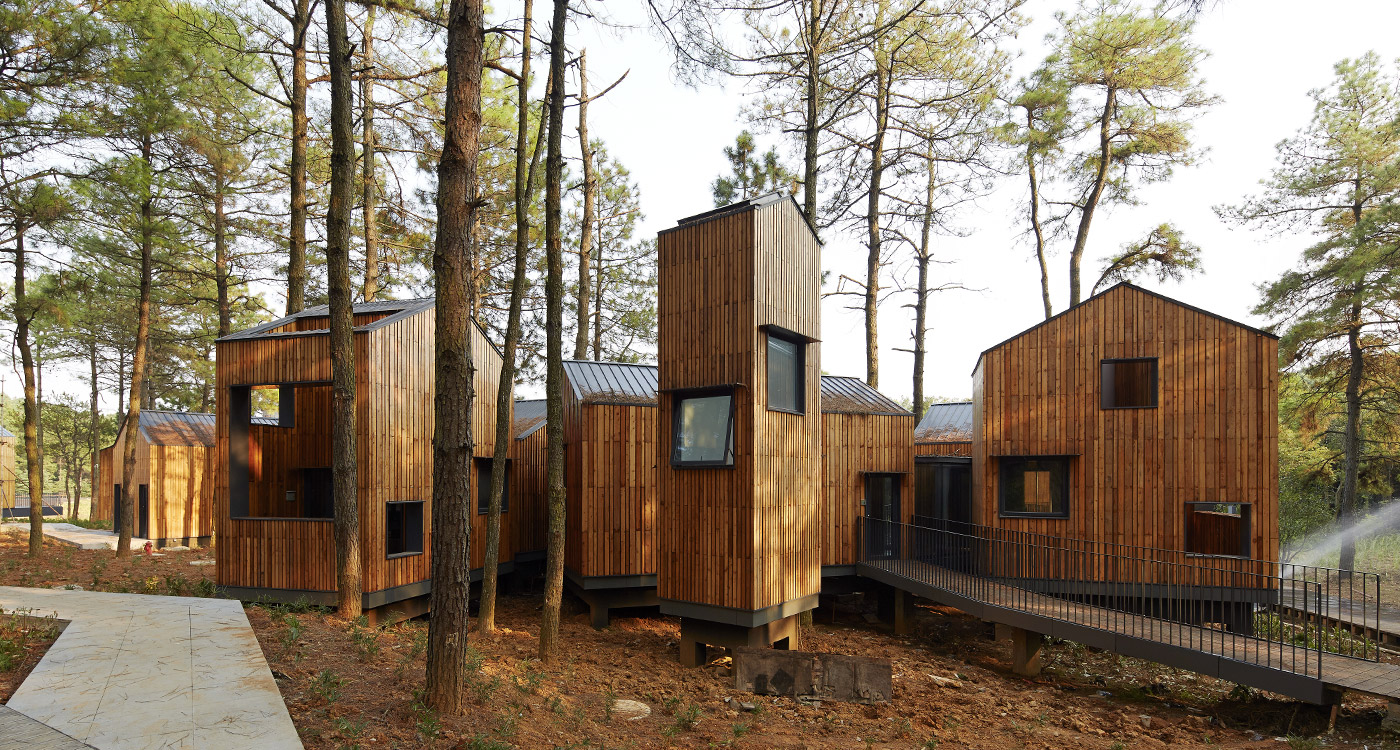













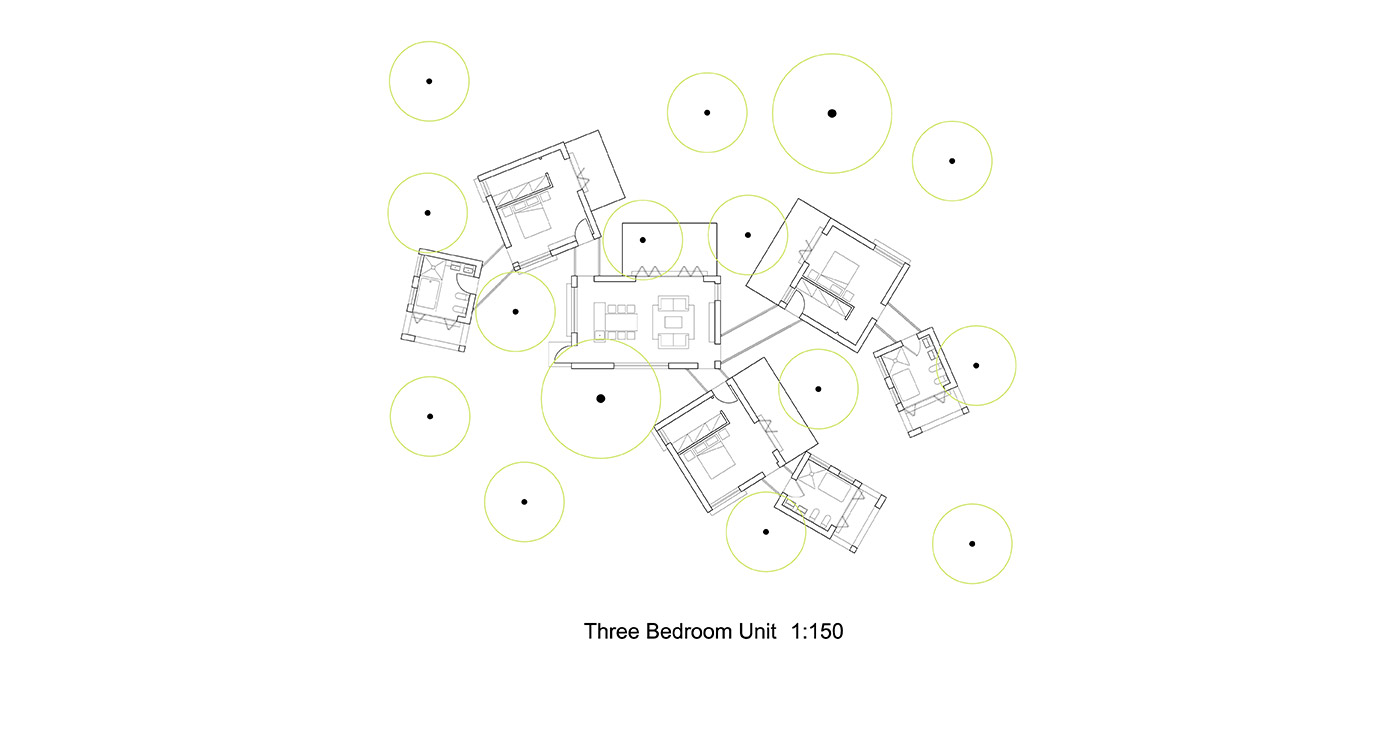
















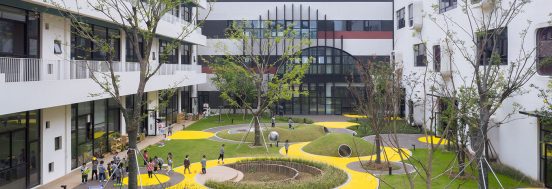











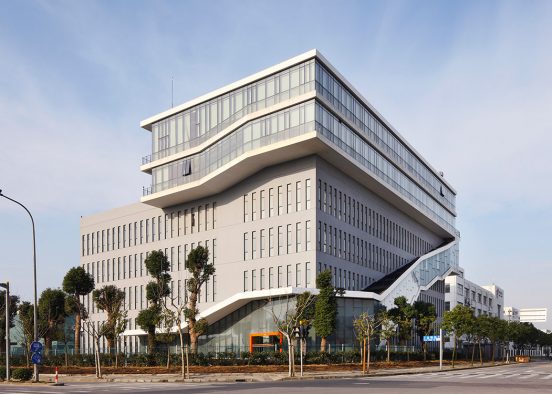


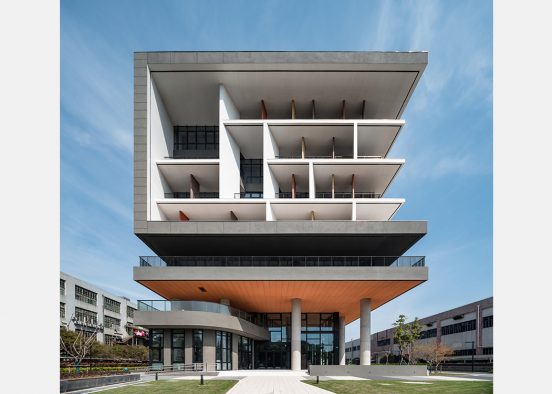


















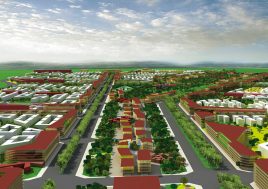





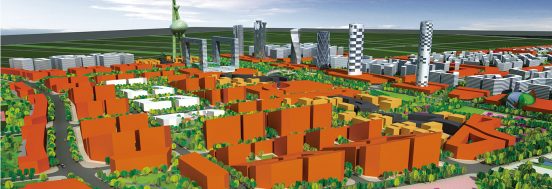







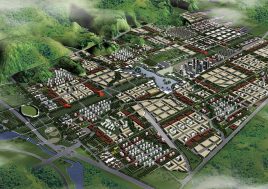










































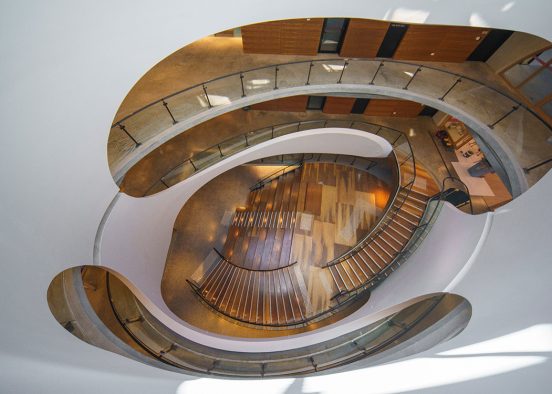








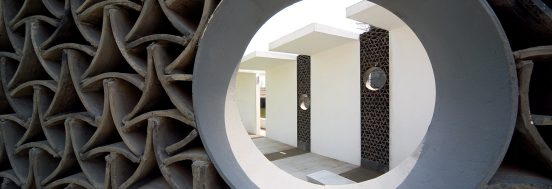

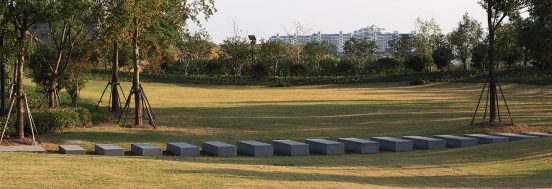
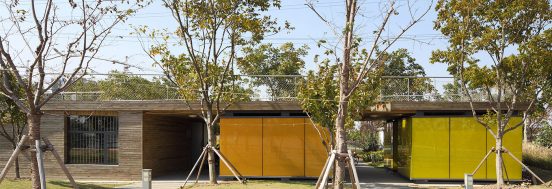


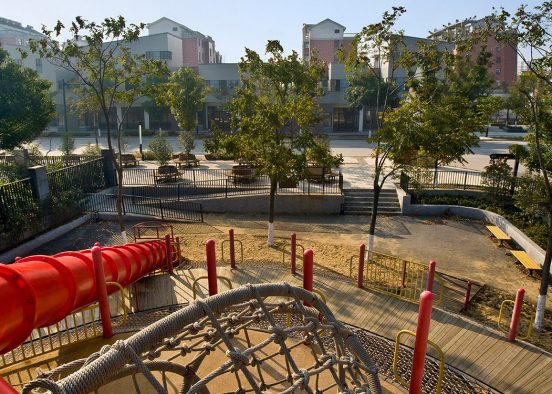













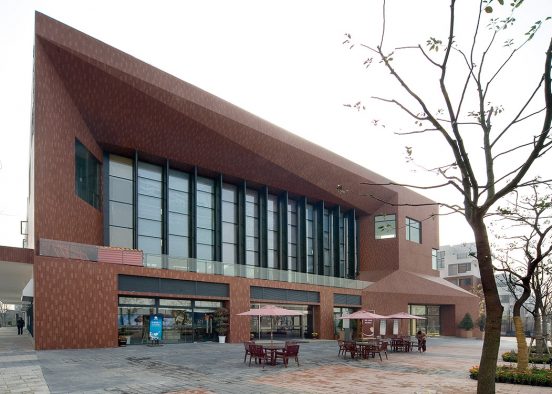
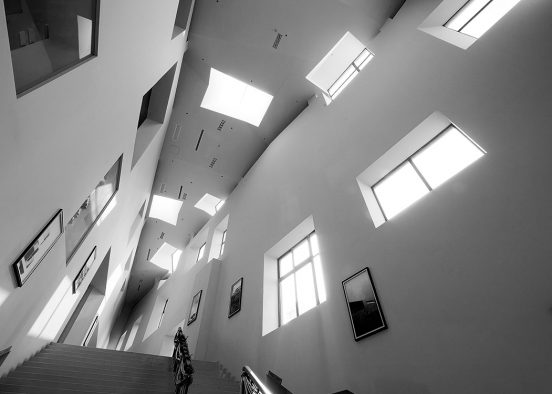
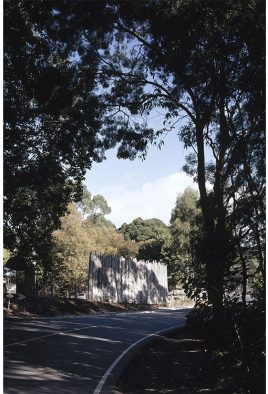
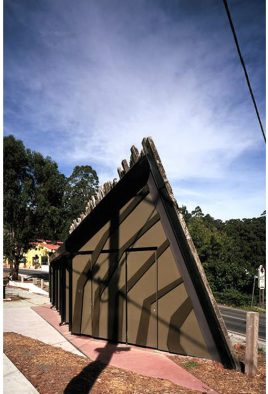













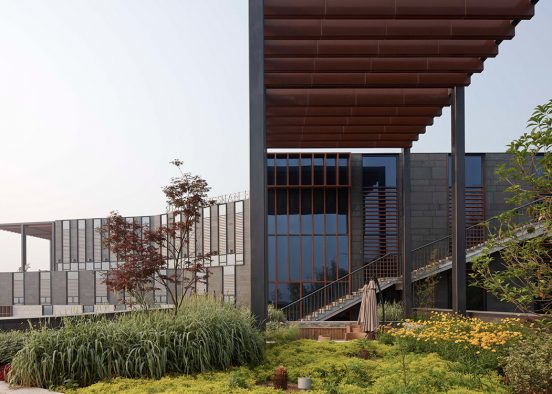








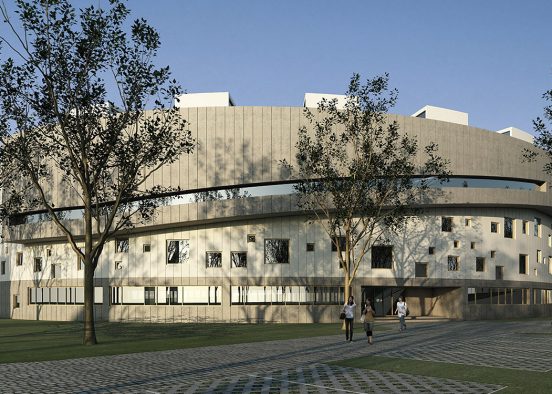







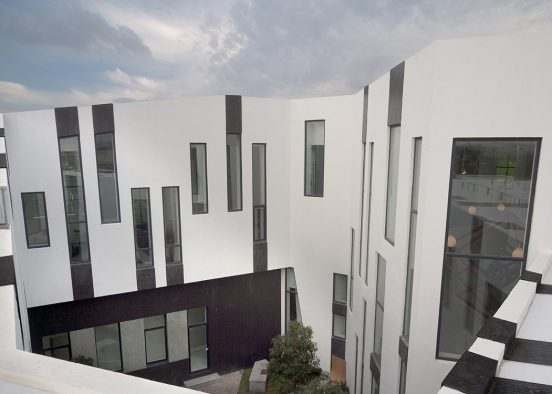








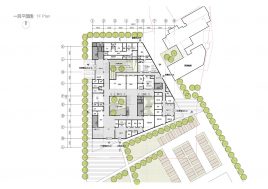


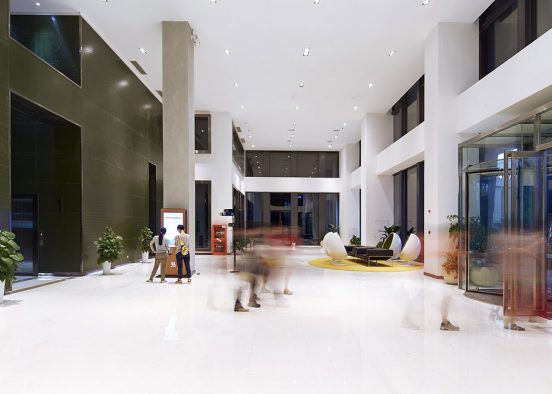

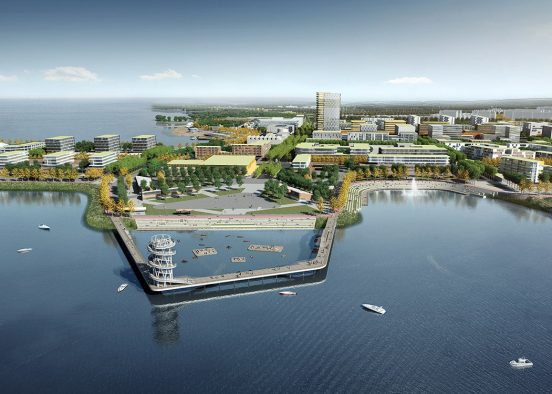





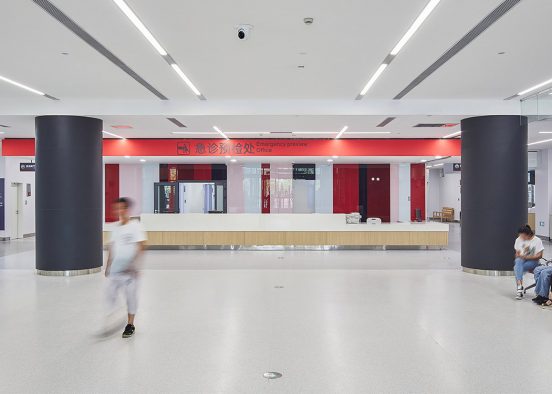




















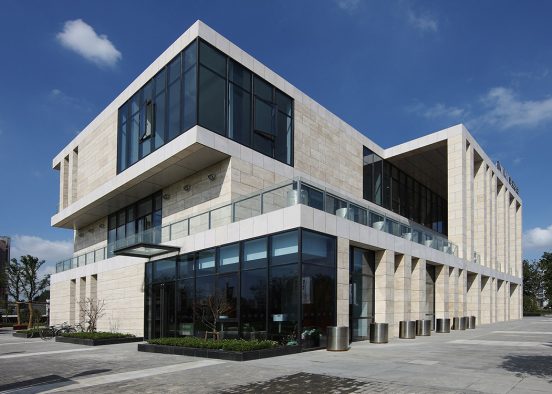










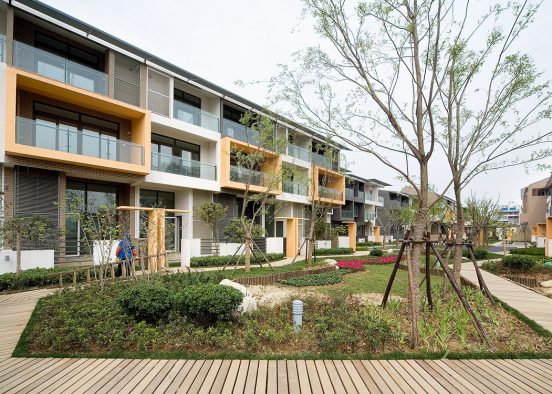
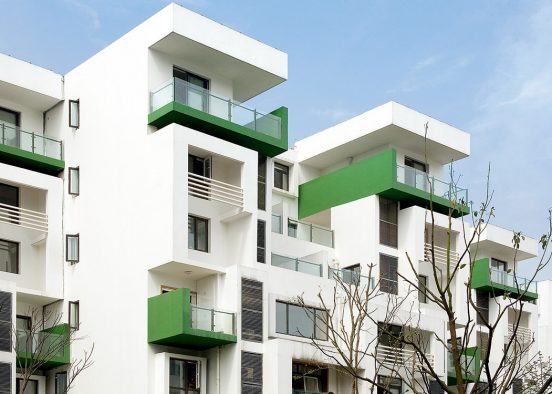









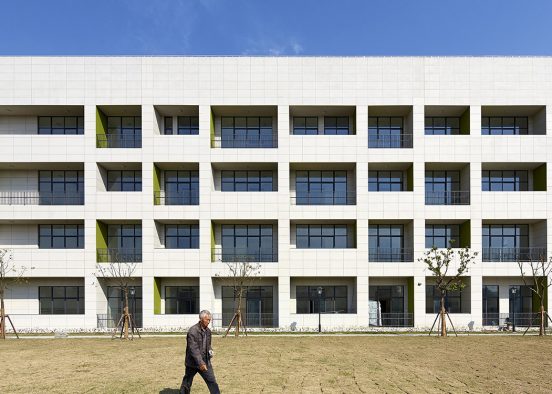
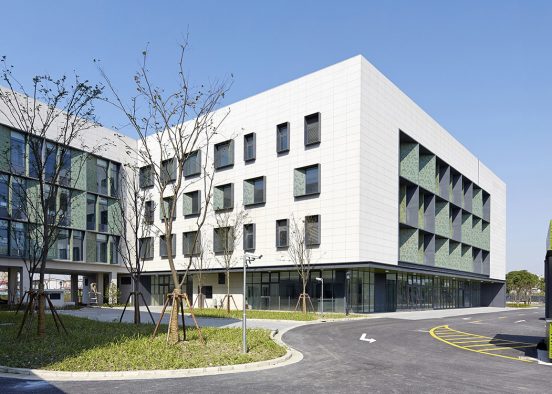


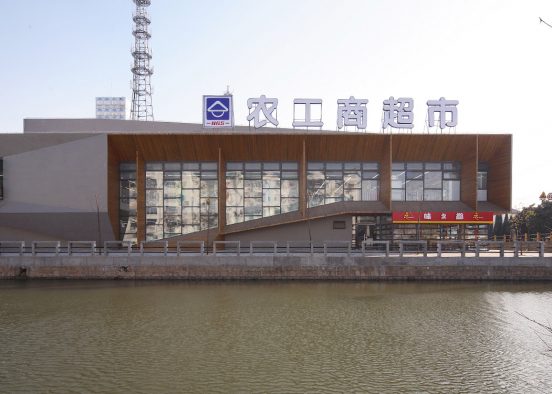
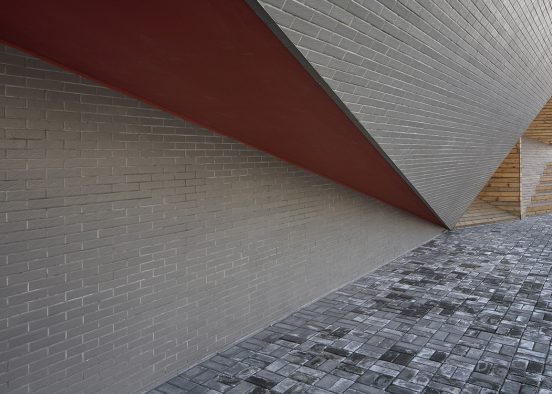

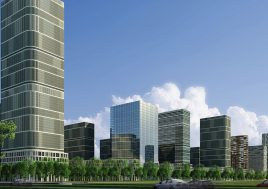



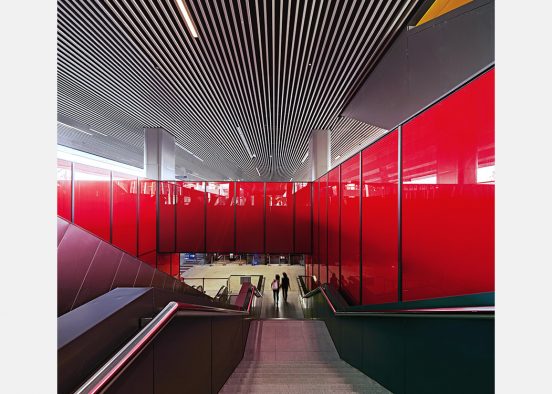


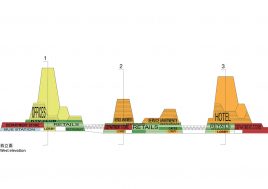







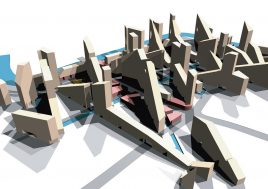



















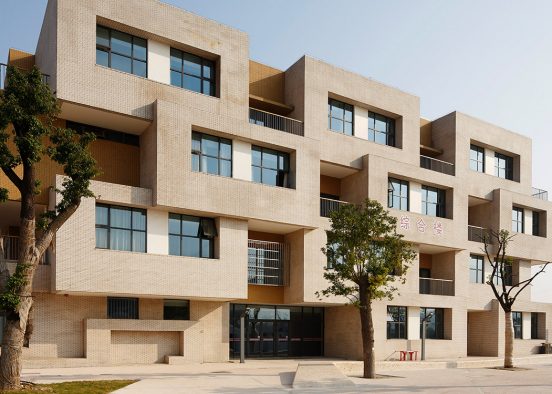



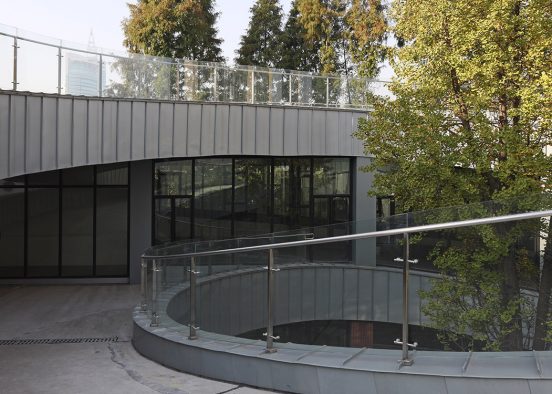
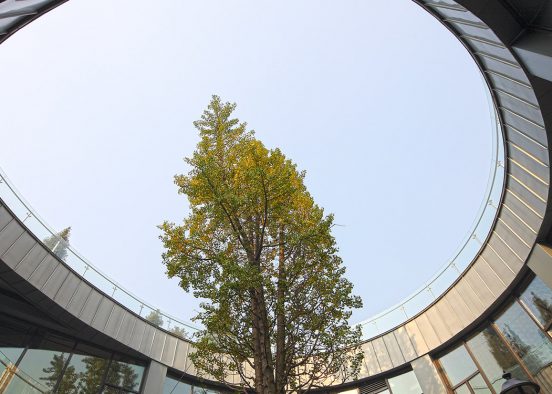



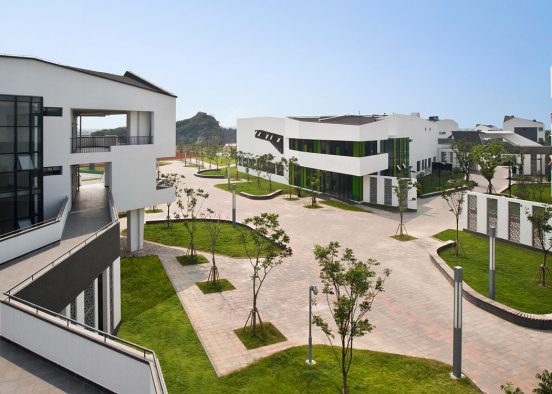




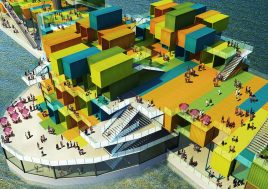












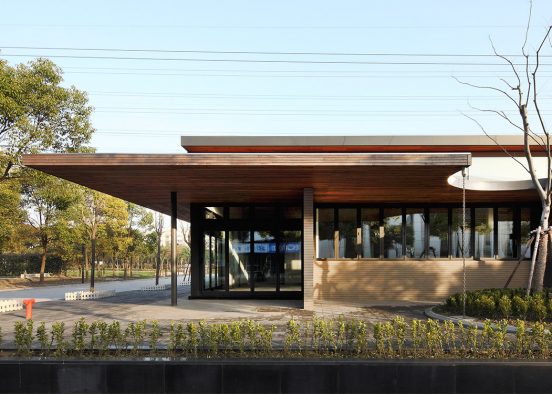








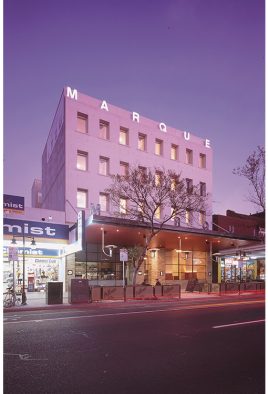














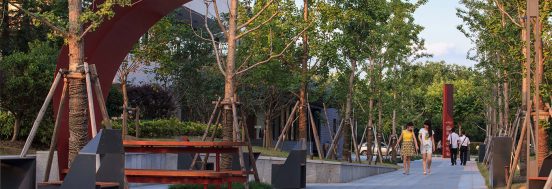

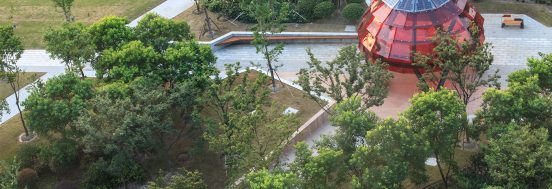

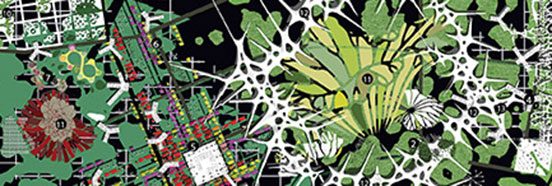













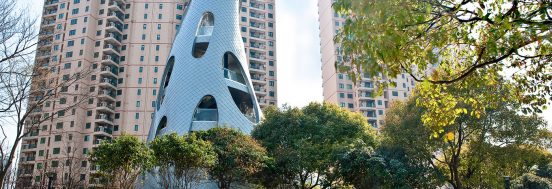
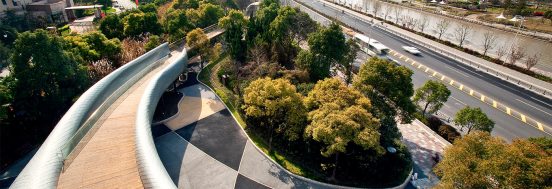




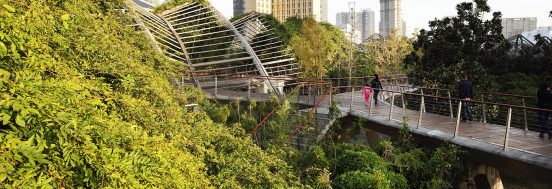
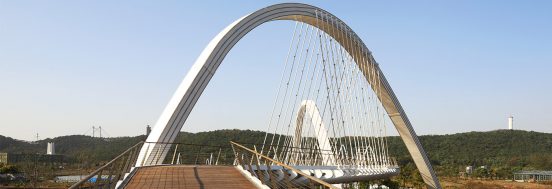
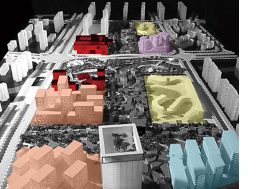

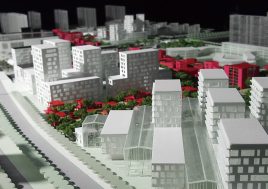






 Back to projects
Back to projects
